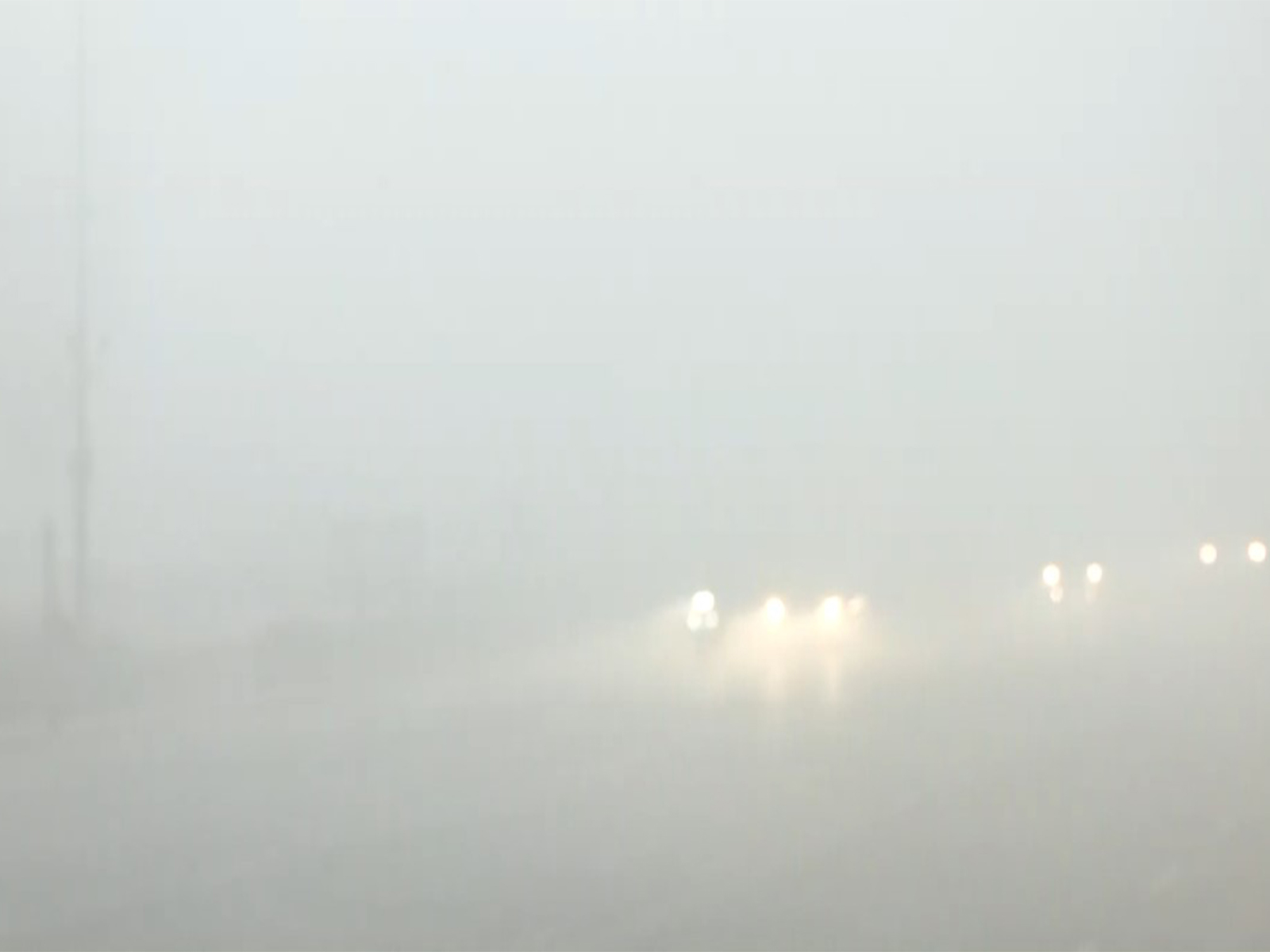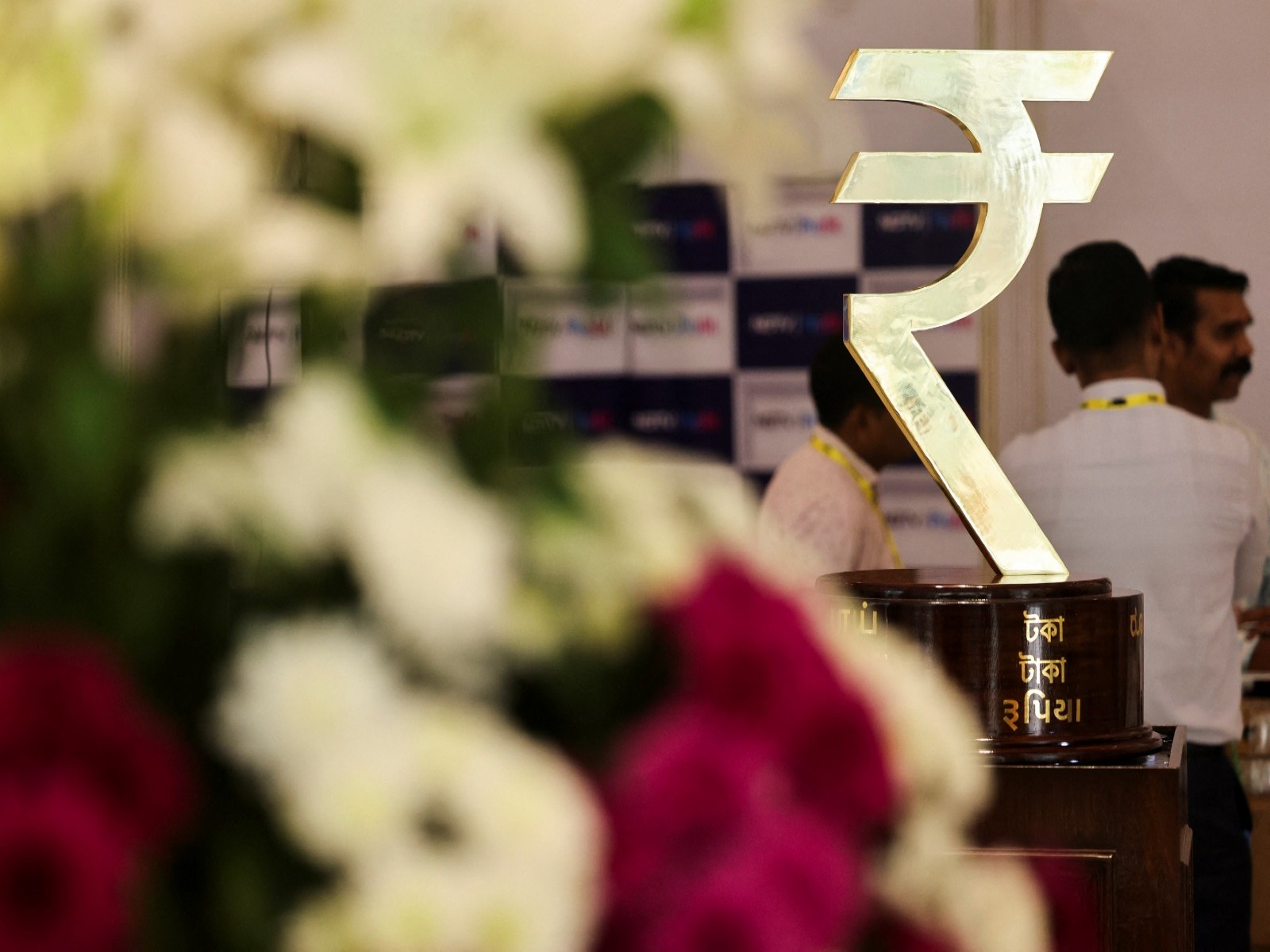From China to Chandni Mahal: Coronavirus in a deadly containment zone
May 10, 2020

By By Saurabh Verma
New Delhi [India], May 10 : Wajiha Hoor, living in Old Delhi's Shankar Gali, yearns to go out to her office ever since the government announced some relaxation in lockdown. But, she can't. The street she has to walk down to the main road has been sealed under Delhi government's Operation Shield for the effective containment of coronavirus.
The area falls under densely populated Chandni Mahal, one of the first containment zones of the national capital. The entries and exit points have been blocked with the long and broad sheets of tin. People living in this containment zone have their own tales- the demarcation has suddenly cut them off socially with many feeling somewhat ostracised.
"I think it is good that these tin sheets are placed otherwise people would come out without any reason but sometimes we get a feeling we are like caged animals. There is no concerned person whom we can approach. Shops open at fixed timings. Police allow us to go outside but not after a particular time," Wajiha told ANI.
Outside, the streets wear deserted look as the sun shines on the newly constructed shimmering black charcoal road. Locked shops and closed mosques show how work and worship have been adversely affected by a pandemic, which originated from a land thousands of miles away.
It's been exactly a month since the area, sandwiched between Darya Ganj, Asaf Ali Road, Jama Masjid, was turned into a deadly containment zone with 86 cases, at least seven deaths in less than a month, in just about a two-kilometre patch.
Goats prance around dusty two-wheelers, looking for food and water. Men in Khaki keep a hawk's eyes on the movement of people. The 'Zuhr Azaan' from a nearby mosque calls worshippers, with Muezzin saying 'Hayya ala-s-Salah' (Hurry to the prayer). Yet, the streets fall silent again once the Azaan gets over. No one rushes to the Masjid. No man, even as it's Ramzan- the Muslim holy month of fasting and praying.
Residents of Chandni Mahal seem to have realised if they can't go to mosques to stem the spread of the highly contagious virus, they can make every home a mosque.
It's, after all, one of the worst Covid-affected pockets of Delhi. The area, like any other part of the country, was reeling under the fear of coronavirus when suddenly on the night of April 10, residents woke up to loud bangs of hammering into tin sheets and dozens of yellow barricades traversing through the narrow and dingy lanes. Chandni Mahal had become a containment zone.
Nearly 53 of 102 people who attended the Tablighi Jamaat event at Nizamuddin Markaz in March were found Covid positive, from 13 mosques in the area. Statistics and fears apart, residents had seen scary images and video clips from Wuhan- the epicentre of coronavirus. Hence, the tension was palpable. 'Cheeni Bukhaar', as some called it, had landed in their own courtyard.
Authorities and health officials swung into action. Cops were amongst the first to take charge in Chandni Mahal- home to nearly six lakh people near iconic Ramlila Ground. Soon, the highly contagious pathogen hit the frontline warriors- the police.
Out of 80 cops at the Chandni Mahal police station, nine were tested positive. Binod Kumar Singh, the SHO, along with other staff members, had to go in for quarantine at the police station complex.
With Eid-ul-Fitr just a few days away and Ramzan going on, managing crowd is an uphill task. Essential supplies are ensured as shops, which are allowed to function in the containment zone, open daily from 7 am to 10 am and from 2 pm to 6 pm.
"We are opening shops in the morning and in the evening. Covid-19 cases are also in control. There is no problem at all," Sanjay Bhatia, Deputy Commissioner of Police (DCP) Central Delhi, told ANI.
As fruit sellers come out with their carts during relaxation hours, people throng the markets to buy food items for Iftar. Volunteers, wearing jackets, urge people to follow Covid control guidelines. Women in Burqas and men with masks jostle at Turkman Gate to buy fruits and rush back home within a stipulated time.
Young boys and men, wearing masks but no helmets, argue with cops at the picket to let them in. "Ayi nanne, mai yahin rehti hun," snaps an old woman at a constable, who tries to stop her entering from three-layered barricades at Turkman Gate- where a group of women sat on a months-long anti-CAA protest before the lockdown was announced on March 24.
"It is a problem to maintain social distancing as it is a crowded area. Sometimes, people do not listen to us. They think they will not get infected," Binod Kumar Singh, the SHO, told ANI.
Of the seven containment zones in the Central Delhi district, Balaji Apartment was recently de-contained bringing the number of containment zones in Delhi to 83. Other zones in Central Delhi area- Sadar Bazaar, Nabi Karim, Bara Hindu Rao, Nawabganj remain contained.
Mass testing is being conducted in all containment zones of Central Delhi.
"Mobile vans go to containment zones daily and we collected a fixed number of samples daily for Covid-19 testing. I get full support from people of all communities," Nidhi Srivastava, District Magistrate, Central Delhi, told ANI over the phone, adding that the number of coronavirus cases reported from Chandni Mahal has drastically reduced and the doubling time of the case in the area is nearly 20 days now.
"In the containment zone, we see how quickly Covid-19 cases are doubling. We have done a study on Chandni Mahal that tells us that the doubling rate in the area nearly 20 days now. When it goes up, it subsides and eventually, we will no cases in that containment zone. I would term Chandni Mahal as a success because slowly and steady the number of days doubling is increasing," Srivastava added.
One month on, the road ahead for the police, officials and people of Chandni Mahal could be a little bumpier but the courage and commitment, at every level, are high. The cases are still tumbling out, with the latest one on Friday, but residents agree that the intensity has decreased.
"Now, we are getting into micro tapping zones. Wherever we are getting cases, we are taking houses or cluster of houses. So, people won't be able to come out but our people will be there to help them," DM Srivastava said.
She said that Booth Level Officers (BLOs) have been roped in to go with the survey team according to the division of containment zone as per polling station.
Chandni Mahal area could be de-contained only if no case is reported for continuous 28 days, which means the Eid-ul-Fitr celebrations in the area will be subdued too. Residents, like Wajiha, the cops like SHO who went into quarantine and hasn't been home for 40 days, hope that the crisis gets over soon and Chandni Mahal is able to bounce back, beating the coronavirus.


















